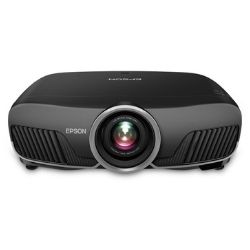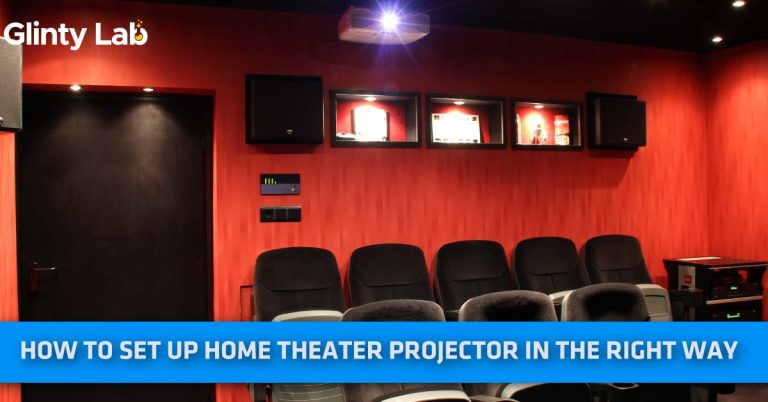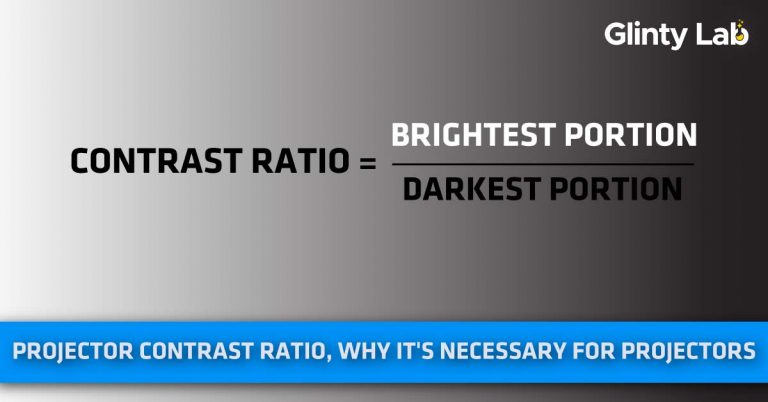ANSI Lumens Vs Lumens – Which One Is The Best
In this article, we have explained ANSI Lumens Vs Lumes, luminous flux, why are they important, their impact on the projector picture quality, and our recommended projectors for home theater, and gaming.
For purchasing a video projector, it is important to consider a number of features and specifications. Sometimes it can be confusing for a beginner to select a unit with all good qualities specifically when it comes to deciding brightness. This confusion further exceeds when it comes to comparing between lumens and ANSI lumens of brightness.
ANSI Lumens Vs Lumens
Letís take an example to elaborate this, a projector may be advertised with a brightness value of 1000 ANSI lumens while others listed with 2400 lumens. So, you might wonder which one you should choose when theyíre comparably equal in price but they drastically differ in reference to lumens.
Luminous Flux
When the bulb converts electrical energy into light energy it creates what we call the luminous flux. Now if you don’t know what the term flux means don’t be scared! Flux is a term that we use to sort of describe the flow of things. In this case, the flow of photons. In other words, luminous flux is the total amount of visible radiation the light bulb gives off and it’s measured in lumens. This is typical of light bulbs that you see around the house, it’ll have a lumen value. The higher the lumens, the more light it will produce.
Now if we took a section of that light and measured how much light is in that section, we would get the luminous intensity. You may be wondering, arenít the luminous flux and the luminous intensity the same thing?
Household light bulbs light up a very wide field in commercial lighting. It’s more directed light, so in commercial lighting, it’s actually very important to look at how intense the beam of light is going to be instead of looking at how much light is produced in total. So that is why we use luminous intensity.
Lumens
A standard unit of luminal flux to describe the light output of a light source is known as lumen. It is a relative measure that is subjectively assessed based on the light intensity of the human eye. It is the SI unit to measure the light intensity across a solid angle of steradian. It is represented by the symbol ëlmí while the dimension of luminous flux is J.
Lumen is a base metric that describes the total light output that an LED chip can produce and this number is often given to us by the manufacturer of the LED chip itself.
Lumen is usually used in rating the light output of lamps like LED lamps, incandescent light bulbs, fluorescent lamps, and, bulbs. Lumen is more generic and describes visible electromagnetic emanation but it is not absolute.
To understand more about lumen, check out the Wikipedia page.
Check out our guide about How Long do Projector Bulbs Last.
ANSI Lumens
Another unit for measuring luminous flux, assigned by the American National Standard Institute that can take multiple brightness readings at different points on the white screen of the projector, is ANSI lumen.
ANSI lumens are reported numerically often with a figure in the high hundreds to even thousands; the higher the number the brighter the projector.
It is more specific and accurate as compared to the lumen. The reason for its accuracy is the standardized procedure involving an aggregate of several measurements taken at different positions.
It is a set of various variables such as brightness, contrast, white fields, average measurements, and total screen area. It is also known as the barometer that is particularly used by buyers who go for purchasing new projectors.
We can generally estimate as a matter of fact that 1000 ANSI lumens are equal to 7000 lumens but most of the home theater projectors havenít reached this level of brightness yet.
Why Lumens Are Important?
When it comes to choosing a projector that can deliver a bright, sharp, and clear image, lumens are extremely important to consider. The brighter the image, the sharper contrast will be. Projectors that have fewer lumens will generally require ambient lighting below.
To tackle this, youíll have to place the screen at the nearest space of the projector otherwise the quality of the picture will be compromised. This situation can vary from room to room and place to place.
Speaking of picture quality, I have recently added a very comprehensive guide about UST projectors. Check it out if you want something that can provide ultra-picture quality within budget.
When shopping for a new projector one is often confronted with the term ANSI lumens which refers to the amount of light projector is reportedly able to produce. while ANSI lumens are important it’s really only half the story when it comes to assembling a two-piece projection setup the other factor is the screen; more specifically the screen size and gain.
To get a truer sense of the images, total light output or luminance meaning the projectors ANSI lumens combined with the screenís reflectivity or gain, we must multiply 33-foot Lambert’s by the screens reported gain.
Our Selected Projectors Based on the Picture Quality

- Best 4K performance
- Excellent brightness
- Accurate colors
- Stunning cinematics
?????

- 4k projection technology.
- 96% rec.709
- 120Hz display.
ANSI Lumens Vs Lumens - Comparison
| Basic Features | Lumens | ANSI Lumen |
| Symbol | lm | No symbol |
| SI Unit | SI unit of luminous flux | Not an SI unit |
| Accuracy | Less specific and accurate | Highly specific and accurate |
| Applications | Light bulb and rating lamps | Display light output for projectors |
| Standardization | Not standardized by ANSI | Standardized by American National Standards Institute |
Conclusion
As you can see a truly cinematic experience, one that is bright with solid contrast falls on the shoulders of your projector as much as it does the screen itself. The larger your screen the more gain it will require or brightness on behalf of your projector - fully engrossed you with a proper big-screen experience.
Toss in ambient light and even more brightness and/or gain will be required. Thankfully, there is no shortage of bright projectors on the market today, not to mention a wide variety of projection screen surfaces for virtually every occasion and environment.
FAQs - Frequently Asked Questions
How many lumens will be sufficient for an outdoor projector at night?
Iíd say 2000 to 2400 lumens are adequate to deliver a high-quality picture viewing experience. In presence of decorative lights or sunlight, a projector with more than 3000 lumens will be good to go.
Are 200 ANSI lumens good for your room?
If your room has a smaller area, then 200 to 300 ANSI lumens will be good enough to provide a bright and clear picture. In the case of a larger room, youíll need 400 to 600 ANSI lumens and so on. It all depends on the size of the room or light source factors.






